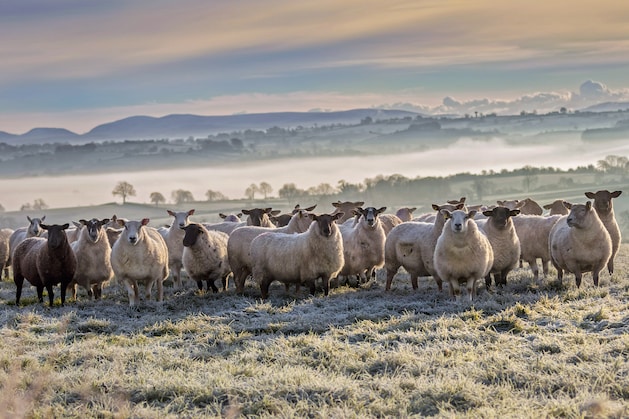In June there could be a drop in temperature – the so-called sheep cold.
The cold weather is coming! This amazing weather phenomenon repeats itself again and again and affects our summer days. Will it be cold again this June?
The sheep cold is a meteorological phenomenon that usually occurs between June 4 and June 20. This year, 2024, June 4 marks the beginning of this weather pattern, with June 11 being considered the date when the probability of a drop in temperature is highest.
With a probability of occurrence of 89 percent, the sheep cold is a relatively reliable event, but it does not occur every year.
This weather situation is named after the time when sheep were traditionally sheared. A sudden cold snap, which can occur particularly during the summer grazing in the Alps, could pose a threat to the sheep.
Therefore, shepherds usually wait until after the weather phenomenon to shear their animals for the summer in order to avoid losing any animals to the cold.
The sheep cold is caused by a low pressure area over Europe that brings cold polar air from the west to the northwest. This leads to a drop in temperature of five to ten degrees Celsius, especially in Germany and Austria and at higher altitudes such as the Alps, where even fresh snow is possible.
This phenomenon results from the different warming of land and sea. In June, the land masses in Central Europe are already very warm, while the sea water is still cool. This temperature imbalance creates a low-pressure area that draws cool polar air to Central Europe and causes temperatures to drop.
The sheep cold occurs with a probability of about 89 percent in June and is also known as the “monsoon wave” or “European summer monsoon.” The name “sheep cold” comes from agriculture, as the sudden cold snap posed a health threat to freshly shorn sheep.
The sheep cold is often mentioned in farmers’ rules that have a long tradition and relate the weather phenomenon to St. Barnabas on June 11th. The rules range from predictions about the summer and harvest to tips for farming. Some examples are:
These farmers’ rules reflect the observations and experiences of many generations and are still part of the cultural history of weather events today.















